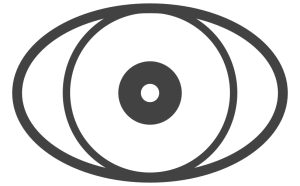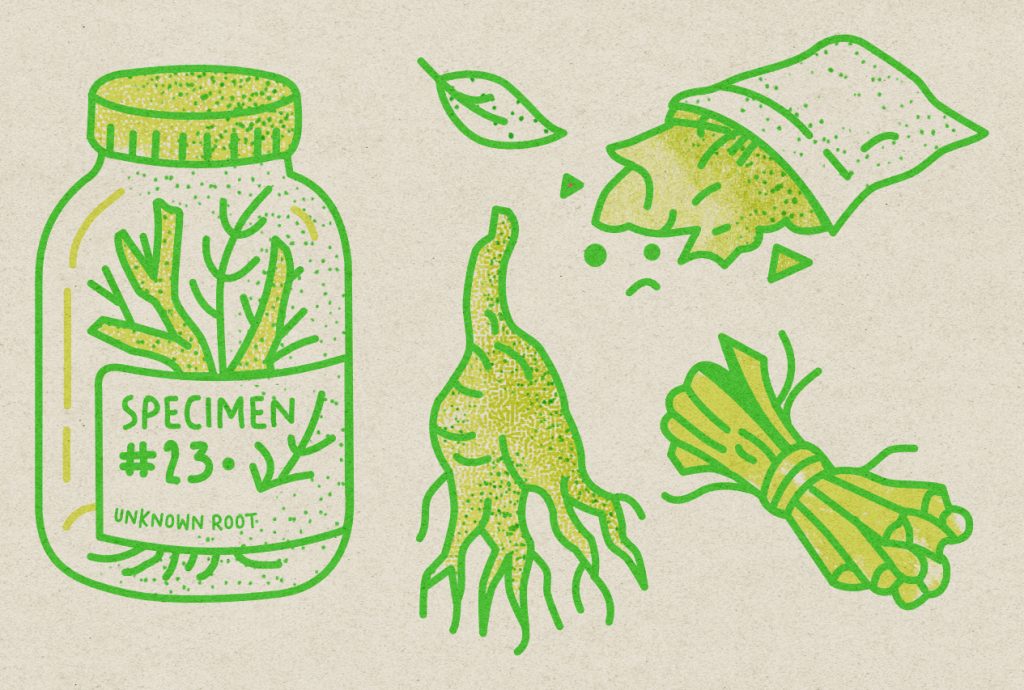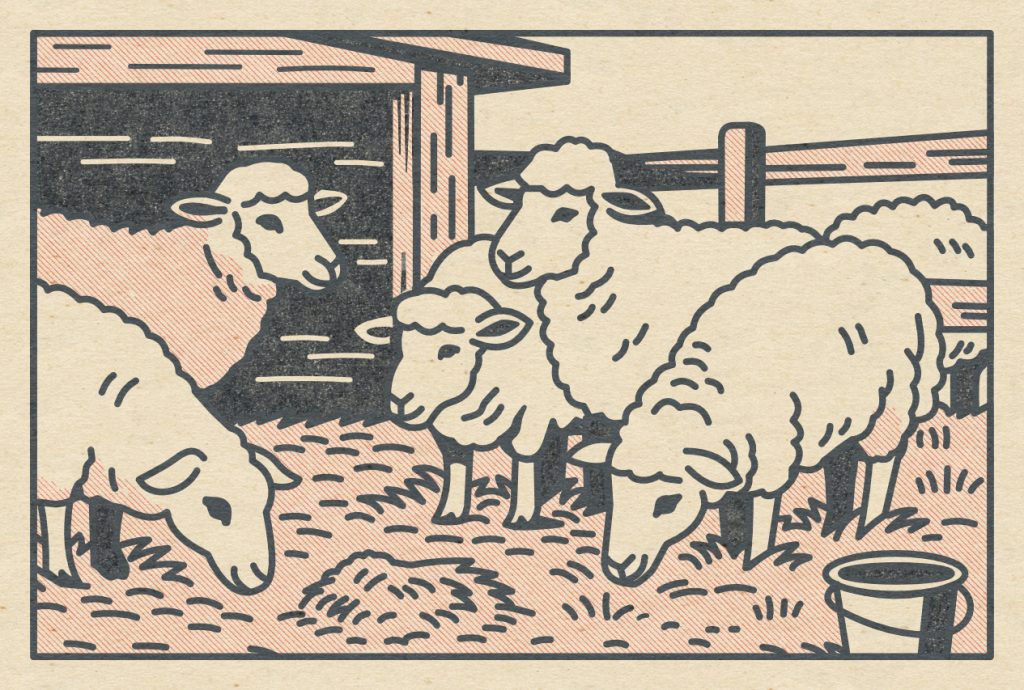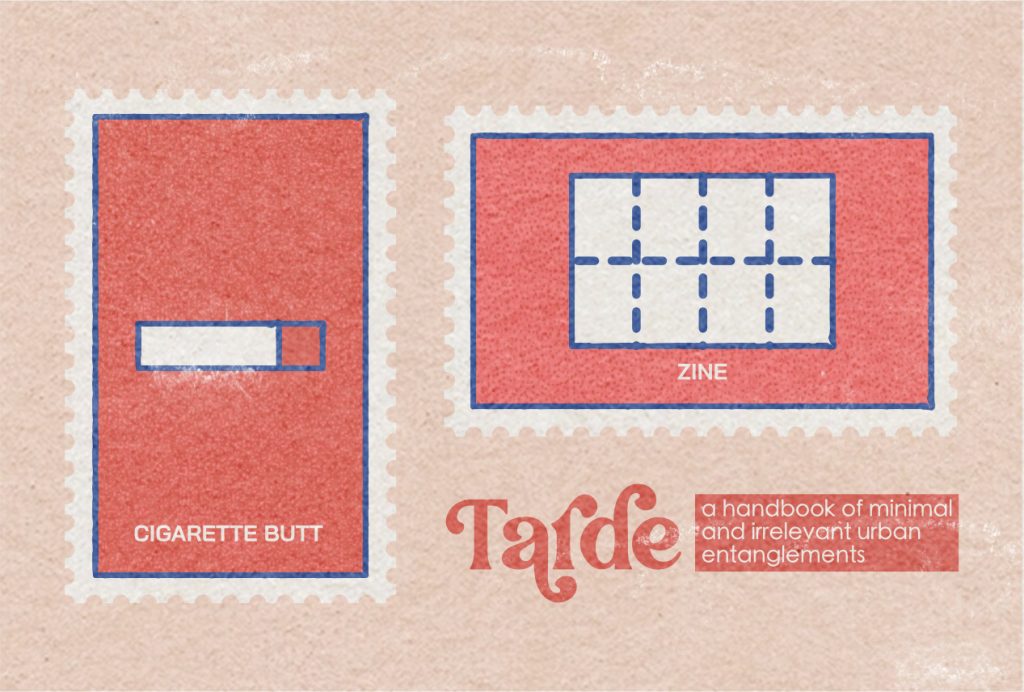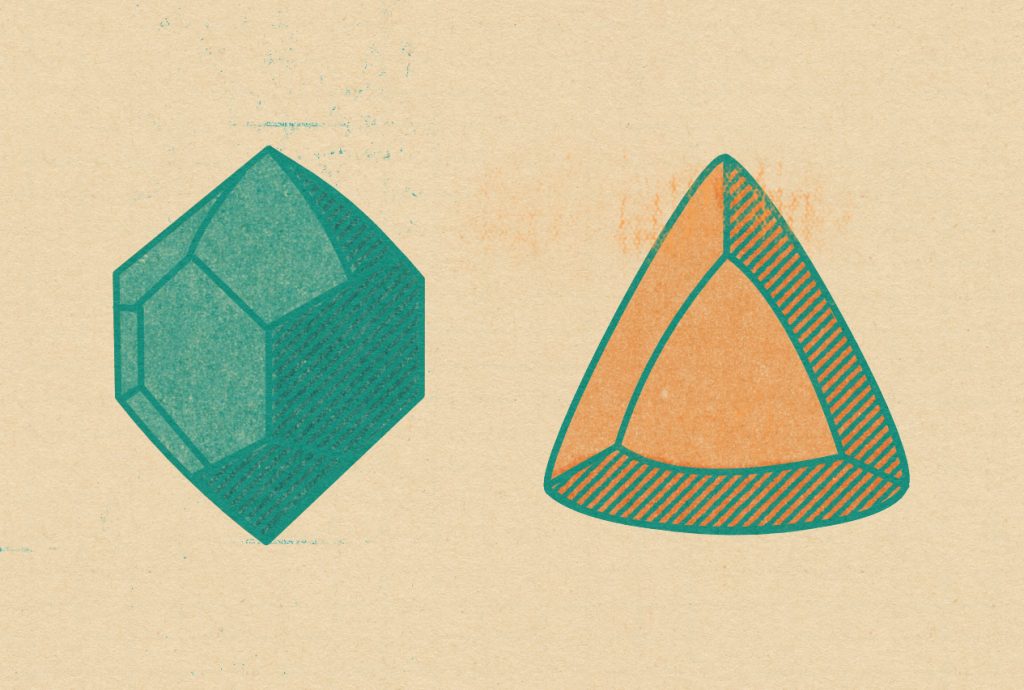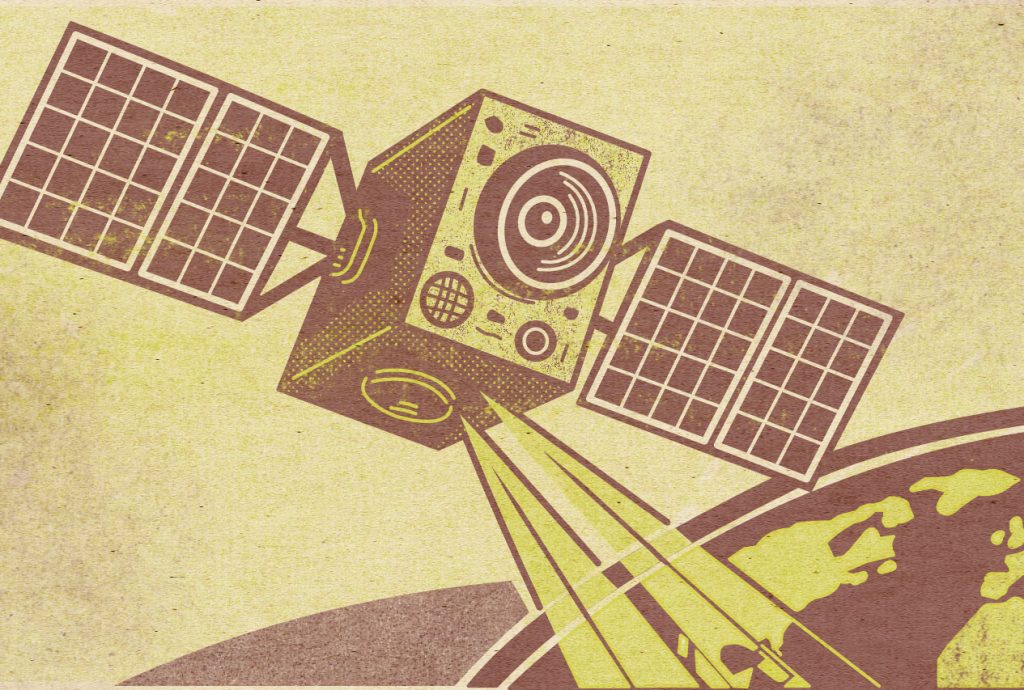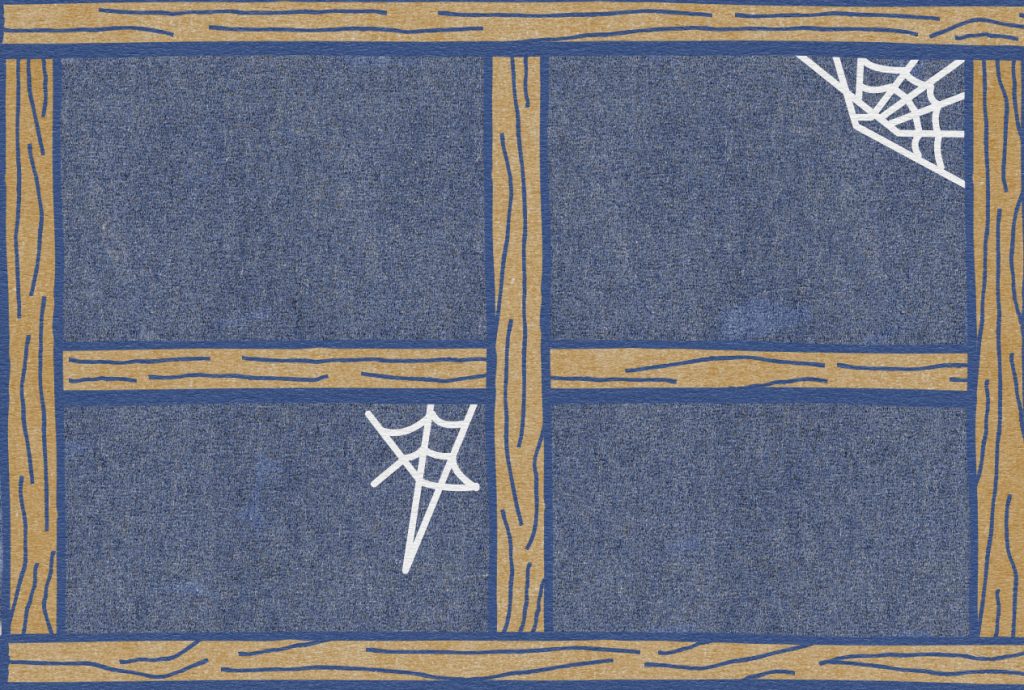
This page presents the things I have done (or currently do) in ethnography and creative practice. I cross paths in anthropology, science and technology studies (STS), and urban research. However, a shared emphasis serves to link it: fragments. These tiny traces and residues reflect the hidden complexity of everyday life. For me, ethnography is about more than description. It is a kind of curatorial and experimental method. I’m using fieldnotes, illustrations, and workshops not only to capture or document, but also to reimagine. Research at this level is analytical and imaginative at once.
Throughout the years, I have also dealt with formats that go beyond academic type writing. For example, I make zines, digital cabinets, illustrated taxonomies, sensory experiments. I write articles, chapters, and talks along with them. These forms supplement each other to aid ethnography reaching more widespread communities.
The things I have done in ethnography are varied, but they share one question: how do we make sense of life in fragmented, more-than-human worlds? My projects trace residues, urban infrastructures, multispecies encounters and speculative archives. Every piece is a doorway to novel ways of knowing; cumulatively, they constitute a cabinet of curiosities, the byproduct of an iterative research and an act of creativity.
Fragmented Ecologies
This project investigates how fragments—of plants, substances, and stories—circulate as forms of knowledge, care, and classification in Bogotá’s urban markets. It develops an experimental ethnographic method called fragmentography, which treats broken, partial, or drifting materials as analytical and curatorial entities. By combining ethnography, visual documentation, and an experimental poetic taxonomy, Fragmented Floras explores how vernacular and more-than-human epistemologies challenge Western structures, particularly those systems rooted in colonial and extractivist perspectives and in traditional botanical classification. Access
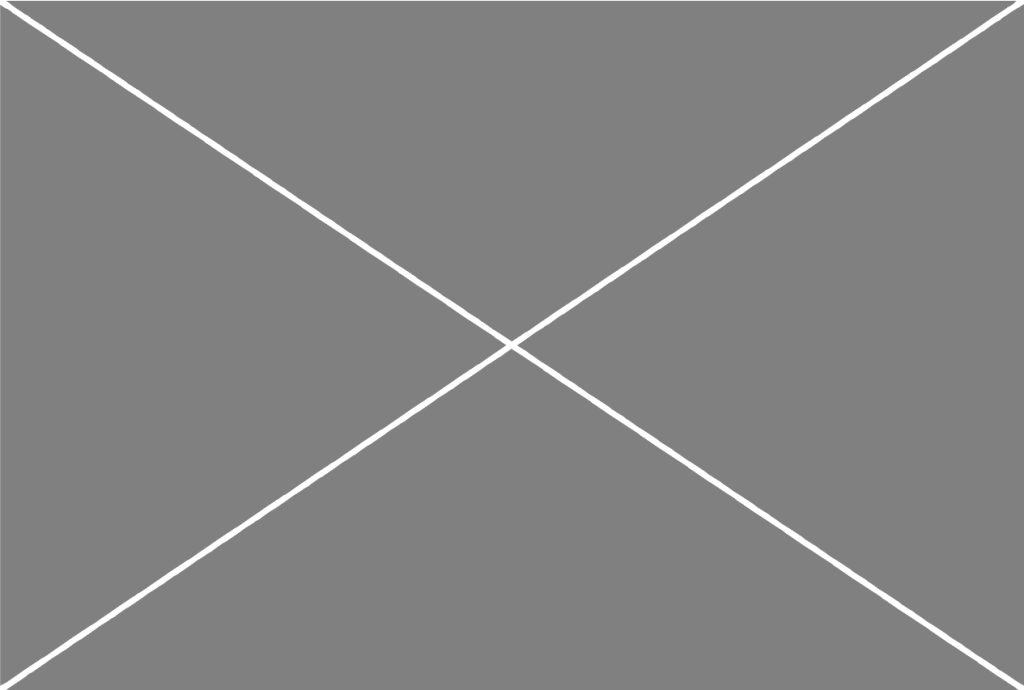
Visual Ethnography
My work on Visual Ethnography explores how images think. This project explores drawing, mapping, diagramming, and taking pictures as ways of doing ethnography—practices through which observation becomes material, and thought takes visual form. Coming from fieldwork and studio experimentation, the content here includes translations of gestures, textures, and relations into visual essays and ethnographic experiments. Here, each visual element simultaneously becomes a method, a reflection, and a product, and together, they form an open cabinet of visual translations—where anthropology learns to see and imagine otherwise. Access
Infrastructuring Multispecies Encounters
Infrastructuring Multispecies Encounters explores Berlin’s petting zoos as urban scenarios and infrastructure where humans and animals co-produce space through partial encounters. This multispecies ethnography examines the emergence of these more-than-human sites in Berlin, their spatial/organizational setups, and their everyday practices. The project develops multimodal methods ( map posters, talks, an exhibition, and academic articles) to investigate and display more-than-human urban assemblages, contributing in this way to anthropology, STS, multispecies research, and urban studies. Access
Tarde, an ethnography zine
Tarde, a handbook of minimal and irrelevant urban entanglements, was a DIY ethnographic zine that I created and edited to explore the everyday fragments of urban life. From the beginning, the project moved in deliberate tension: both do-it-yourself and professional, independent yet sometimes connected to institutions. At its core, Tarde was never a polished academic publication or a glossy cultural magazine. It lived in-between spaces—where ethnography became tactile, accessible, and provisional. Access
Studio Ethnography
For years, I’ve been learning from cities, studios, and streets — from walking through New York, Copenhagen, Barcelona, and Mexico City to watching designers, listening to music, and reading art books. These encounters have shaped my ethnography, teaching me that form is also a method. Studio ethnography explores how making, arranging, and experimenting transform observation into inquiry. Each reflection traces multiple ways in which anthropology can unfold through other fields, gestures, and ways of paying attention. Access
Landscapes of the Anthropocene
Landscapes of the Anthropocene is a visual and digital anthropology project exploring how human activity reshapes the planet. Through curated satellite images and accompanying ethnographic vignettes, it composes an atlas of altered terrains — from mines and dams to melting glaciers. Each exploration here documented is treated as a fragmentary specimen, inviting reflection on the ethical, political, and material entanglements of the Anthropocene. With that, this project expects to transform satellite imagery into a visual ethnographic method for sensing planetary change. Access
Museum of Abandonements
This museum gathers the remains of projects that faltered, proposals rejected, and ideas left unfinished. This section turns failure and incompletion into learning materials. It displays how all the work that was discarded also shapes how research lives and evolves. Each entry here is a trace of a process that was reformulated, ditched, unfunded, or dismissed. Together, they form an alternative archive of ethnographic practice: a museum of what never was, yet continues to resonate. Access
